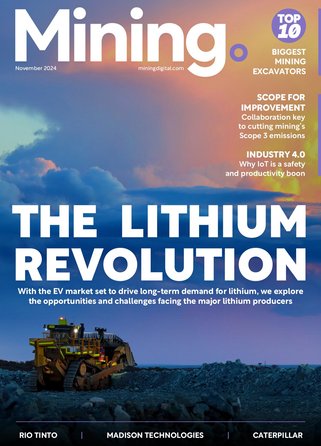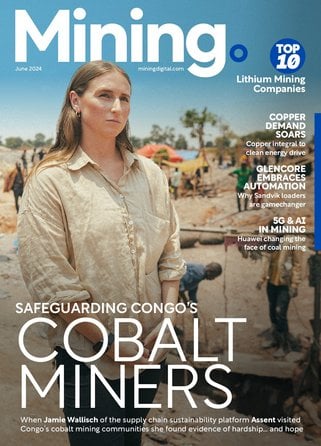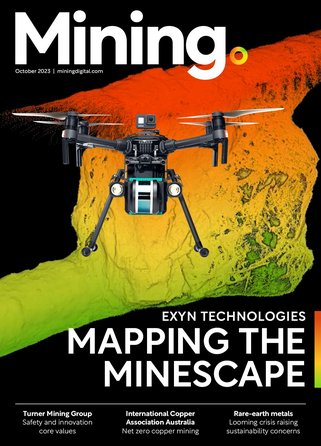A strong third quarter for Acacia mining

Tanzanian based gold miner, Acacia, has had a 2016 to remember with the announcement of another strong performance in its third quarter.
Shares in the company jumped more than 9pc to £5.15 in early trade, with a 25pc leap in gold production year on year. Running at the same time, the miner’s cash costs per ounce fell by 26pc.
So yeah, a strong year indeed for Acacia.
To put it into official numbers, Acacia produced 204,000 ounces of gold from July – September this year. Revenue jumped by a third to $284m (£202m) and profits before tax swung from a $14.6m loss this time last year to an $80.8m gain.
“We’ve lowered costs in every part of the business – we’ve re-engineered our mines,” said Brad Gordon, chief executive. The company had been on a three-year “journey” to turn itself around, he added. “Every facet of the business has changed.”
7 facts about Acacia Mining:
Towering over Tanzania
Acacia has been operating in Tanzania for over a decade and proudly boasts a production of over 8 million ounces of gold in a combination of open pit and underground mines. The leading gold producer in Tanzania has three producing mines, all of which are located in north-west Tanzania.
The company also has major exploration projects in Western Kenya, Western Burkina Faso and Western Mali.
Bulyanhulu
Commercial production commenced at the mine in 2001. In the 15 years since operations began, Bulyanhulu has produced over three million ounces of gold. The current mine life of the mine is estimated to be more than 20 years, with proven and provable gold reserves of 6.1million ounces.
Buzwagi
Production began in 2009 and Buzwagi has produced over one million ounces to date. The process plant at the site is designed with a throughout capacity of 12,000 tonnes of ore per day, which equates to around 4.4 million tonnes per year. The mine is situated in the Kahama district of the Shinyanga region of north-west Tanzania.
North Mara
Located in the north-western region of Mara in the Tarime district North, Mara commenced production in 2002, producing over 2 million ounces to date.
Investing in community
Acacia is currently the largest foreign direct invester in Tanzania. The company has invested over US$2.5billion into the country over the last 15 years, making a direct economic contribution of around US$889 million to the Tanzanian economy in 2015.
That actually represents around two percent of the total Tanzanian gross domestic product.
Acacia Maendeleo Fund
In 2011, Acacia established the Acacia Maendeleo Fund which has invested around US$35 million into 150 projects in education, health, water infrastructure and livelihoods.
Pushing to the limit
In June 2015, CEO Brad Gordon and CFO Andrew Wray led a team of Acacia staff and family up to the Uhuru Peak of Mount Kiimanjaro,
Oh and the company rasied over US$420,000 for CanEducate, a charity that provides educational sponsorships to impoverished and at risk children in Tanzania.

The October issue of Mining Global Magazine is live!
Follow @MiningGlobal
Get in touch with our editor Dale Benton at [email protected]



